Description
Product Model: 1X00102H01
Product Brand: Emerson (Ovation / Westinghouse)
Product Series: Power Distribution / WH1 PDM (Power Distribution Module)
Product Features:
- Central power distribution board for Ovation DCS systems (aka WH1-PDM)
- Accepts wide AC input range (often 90–260 VAC) for global compatibility
- Delivers multiple DC output rails (5 V, 12 V, 24 V) to downstream modules
- Diagnostic and modular design to simplify field swaps and fault isolation
- 1X00102H01
Product Role & System Fit
The EMERSON 1X00102H01 acts as a power distribution backbone within the Ovation / Westinghouse DCS (Distributed Control System) family. Commonly referred to as the WH1-PDM (Power Distribution Module), its primary job is to accept AC or primary power input and produce the multiple DC voltages needed by I/O modules, logic cards, and communication modules.
In typical Ovation I/O shelves or racks, modules such as analog I/O, digital I/O, valve interface modules, and other intelligent cards rely on stable 5 V, 12 V, or 24 V rails. The 1X00102H01 sits in a central power slot and distributes those DC rails across the backplane. Because all downstream modules depend on it, 1X00102H01 is mission-critical: if it fails, the entire I/O rack can go off-line.
Its role is different from logic or signal modules. It doesn’t process measurement data or communications; instead, it is a “utility” card. In system upgrades or retrofits, many engineers treat it as the “engine room” of the rack—ensuring power integrity is maintained before worry about signals.
Because it supports wide-range AC input (90–260 VAC) in many published vendor descriptions, it is versatile in different regional grid settings and in backup power arrangements.
Its system fit often includes redundant arrangements—some racks may have a backup PDM or parallel supply feeds such that one failed 1X00102H01 can be bypassed or replaced without taking down the entire rack. The modular nature (hot swap, if supported) enables maintainability in critical installations.
Technical Features & Benefits
Let’s explore the features and real-world advantages of EMERSON 1X00102H01:
Wide Input Voltage Range
Numerous vendor listings note that the 1X00102H01 accepts AC input in the range of about 90 to 260 VAC, making it tolerant to voltage fluctuations or supply variances across different plants or geographies. This flexibility reduces the need for external step-down transformers in many cases.
Multiple Output Voltage Rails
The module provides common DC rails—5 V, 12 V, and 24 V—to feed the logic, I/O modules, and field interface cards. This avoids the need for separate local DC supplies in each card and centralizes power management.
Diagnostic & Modular Design
Because the 1X00102H01 is specifically a distribution board, it includes design features that simplify maintenance. For example, if a channel or output rail fails or is overloaded, diagnostics at higher layers can often trace that back to the PDM. Its modular design means it can be swapped out with minimal disturbance. Many suppliers offer repair or exchange services for the 1X00102H01.
Envelope & Environmental Tolerance
Sources list 1X00102H01 modules being sold with enclosure ratings and designs suitable for industrial automation cabinets. For example, one supplier states it is shipped with cover / panel board module packaging. Physical dimension listings and weight (~0.8 kg in some sources) support that this is a robust hardware unit.
Global Sourcing & Repairability
Because 1X00102H01 is somewhat mature and often replaced or remanufactured, many aftermarket suppliers list it with refurb or repair services, often with warranties. This means in many plants, a failed PDM doesn’t require full OEM replacement—just a field swap or send-out repair.
In field use, I’ve seen that having a spare 1X00102H01 on the shelf reduces outage risk substantially. During a rack fault event, swapping a bad PDM under 30 minutes restores the entire I/O shelf.
Applications & Industry Context
Where is EMERSON 1X00102H01 used? Its role is critical in many process automation contexts:
- Power plants (thermal, gas, combined cycle): In turbine control racks, boiler control panels, and auxiliary systems, the PDM ensures all logic and I/O cards have stable voltage rails.
- Refineries / Petrochemicals: Large distributed control systems with multiple I/O racks rely on centralized power distribution, and using a PDM module like 1X00102H01 simplifies wiring and power integrity.
- Water / Wastewater / Utilities: Where remote or distributed I/O racks are deployed in treatment plants, pumping stations, or filtration systems, having a robust PDM is essential.
- Chemical / Process Plants: Reaction control, plant monitoring, instrument panels—all need stable internal voltage distribution, making the PDM a foundational building block.
- Retrofits / Modernizations: In brownfield upgrades, replacing older distribution boards with 1X00102H01 modules can improve voltage regulation, diagnostic capability, and reduce wiring complexity.
In a large plant retrofit I once saw, the old rack used multiple local DC power supplies for each card. When converted to a unified system using PDM modules like 1X00102H01, wiring errors reduced, diagnostics improved, and spare inventory was simplified.
Because power glitches or brownouts are among the top causes of rack module instability, using a distribution board designed for automation (rather than off-the-shelf power supplies) often improves system robustness.
Installation & Maintenance Insights
Here are practical tips based on field experience and product references to get the best out of EMERSON 1X00102H01:
- Mounting & Orientation: Install in the designated power slot of the I/O rack shelf, ensuring good backplane contact and mechanical support. Ensure clearance above and below for airflow and heat sinking.
- AC Input Wiring: Since the module accepts a wide input range (per vendor claims of 90–260 VAC) , ensure wiring is sized for the maximum anticipated current. Use good quality mains input protection (fuses, breakers) and surge suppression as needed.
- Output Wiring & Load Balancing: Ensure that the 5 V, 12 V, and 24 V loads on the rack are balanced. Avoid overloading one rail excessively. Use twisted and shielded wiring for sensitive circuits.
- Thermal Management: Monitor operating temperatures. Even though PDM boards are not heavy heat sources, they feed many downstream modules that draw current. Adequate cooling in the enclosure is essential.
- Diagnostic Checks: On commissioning, verify each DC output rail under load (connect dummy load, measure voltage stability). Use diagnostic readouts if available in the DCS to confirm no undervolts or overcurrent alerts.
- Periodic Inspection: At scheduled outages, inspect connectors, terminal blocks, wiring, and physical integrity. Check for signs of overheating (discoloration, melted insulation). Re-torque screws as needed.
- Spare Strategy & Burn-in: Maintain a fully tested spare 1X00102H01, ideally stored in electrostatic-safe packing. Before deploying it in production, run it under load for 24–48 hours in a lab to stress-test any latent faults.
- Failure Mitigation: If the PDM fails, downstream modules lose power rails. Having redundant power paths (if the rack supports it) or a quick-swap plan is vital in mission-critical systems.

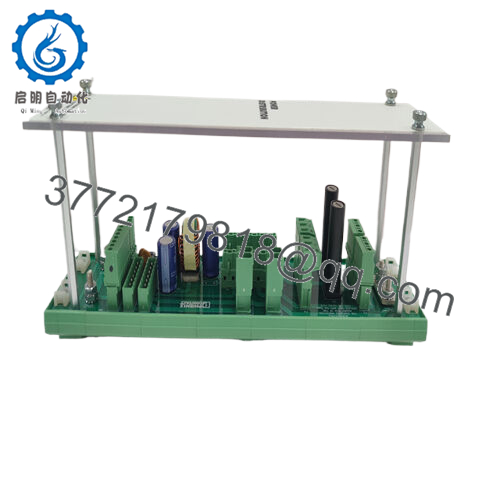
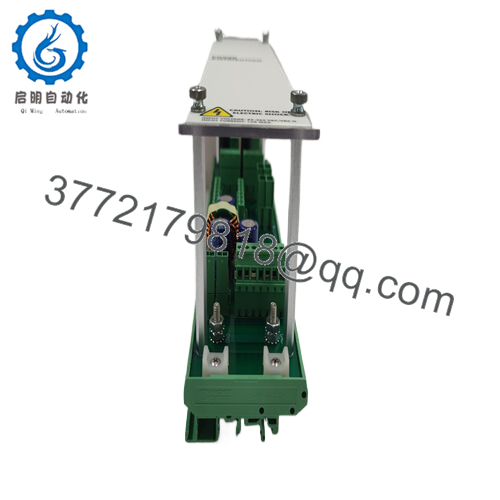
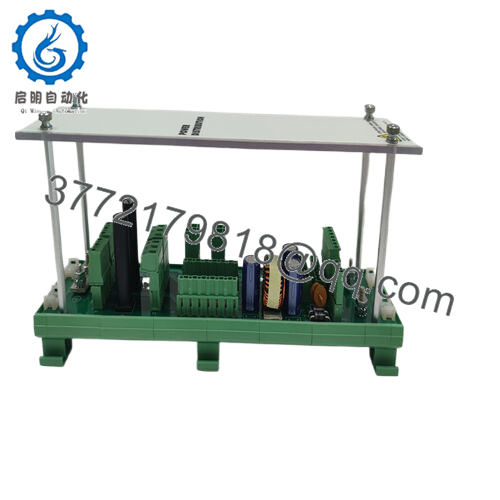
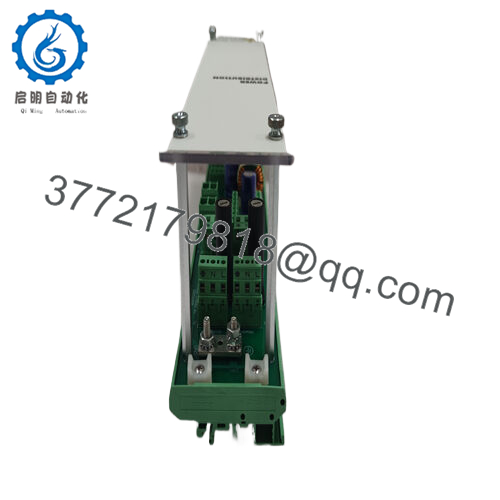
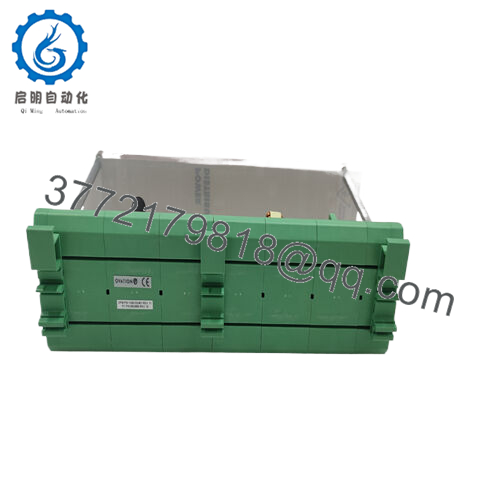
 WhatsApp: +86 16626708626
WhatsApp: +86 16626708626 Email:
Email:  Phone: +86 16626708626
Phone: +86 16626708626


